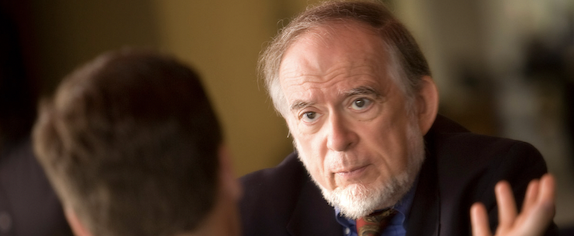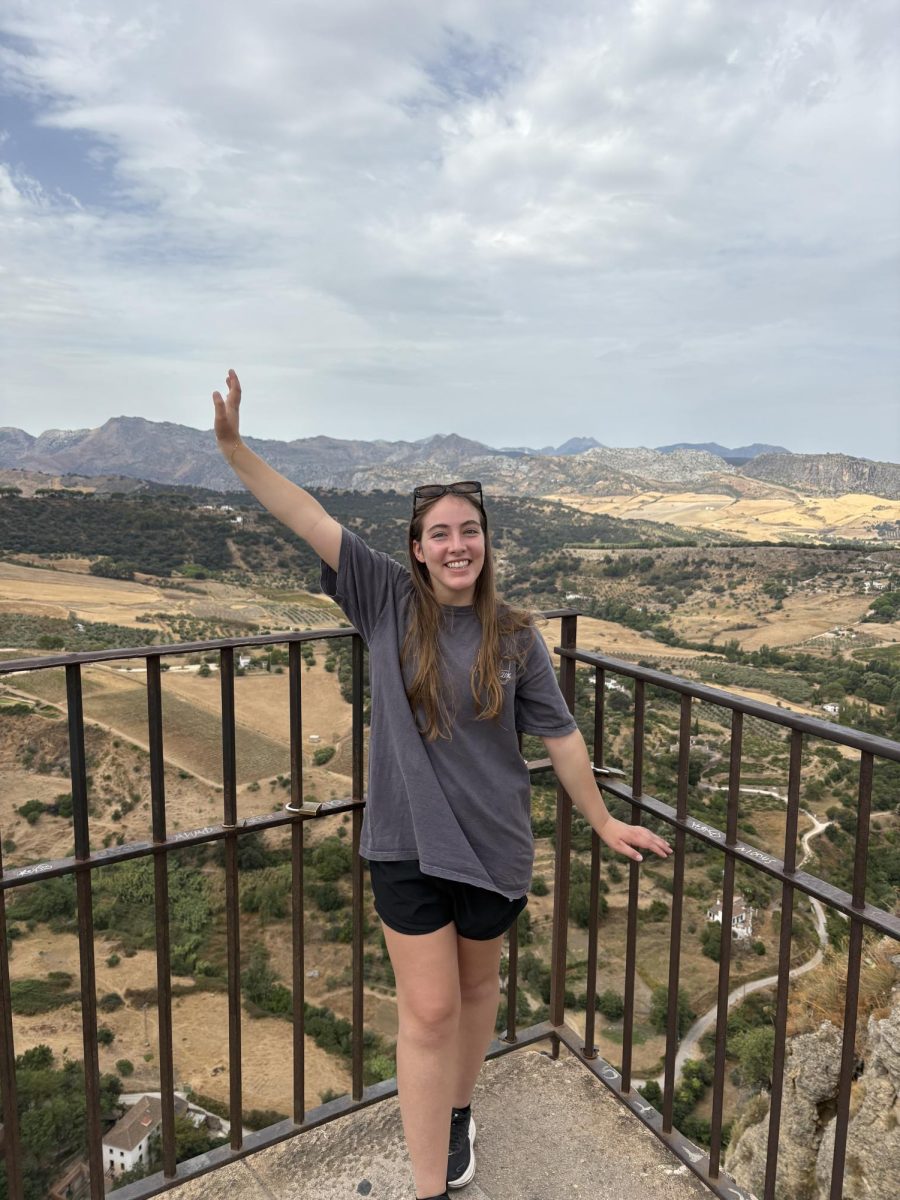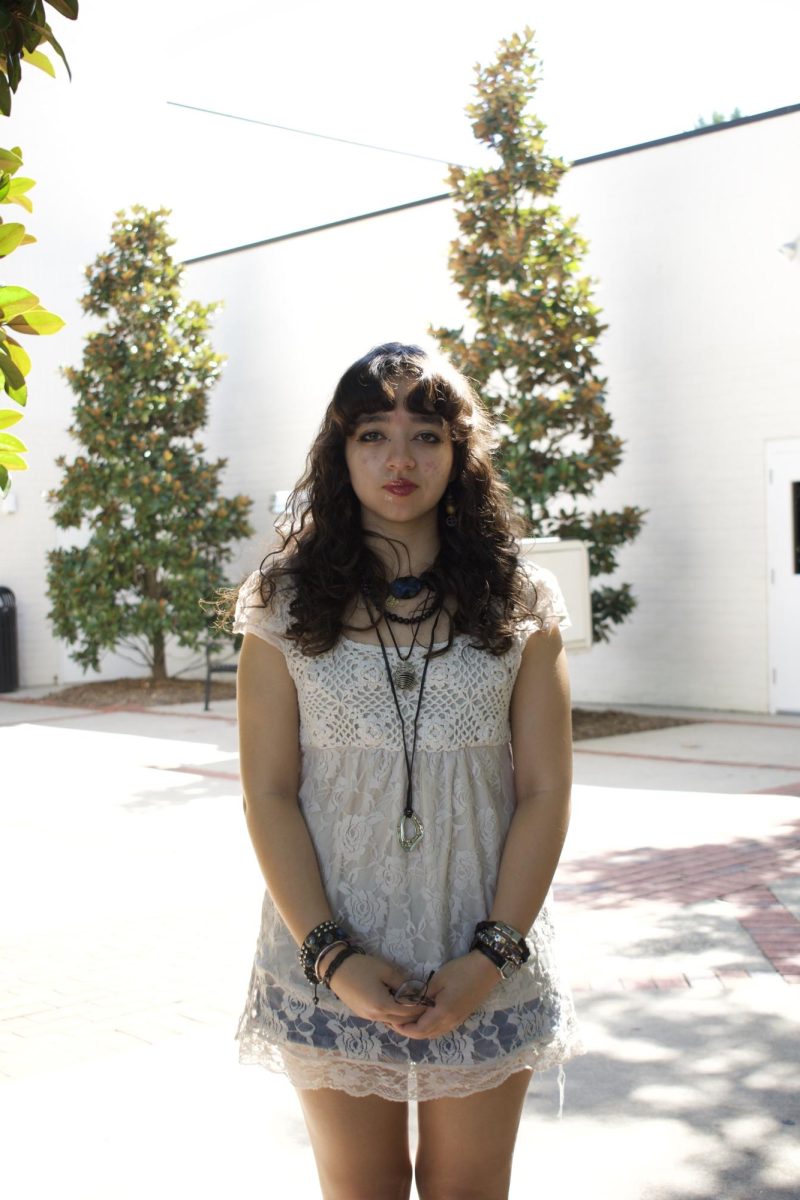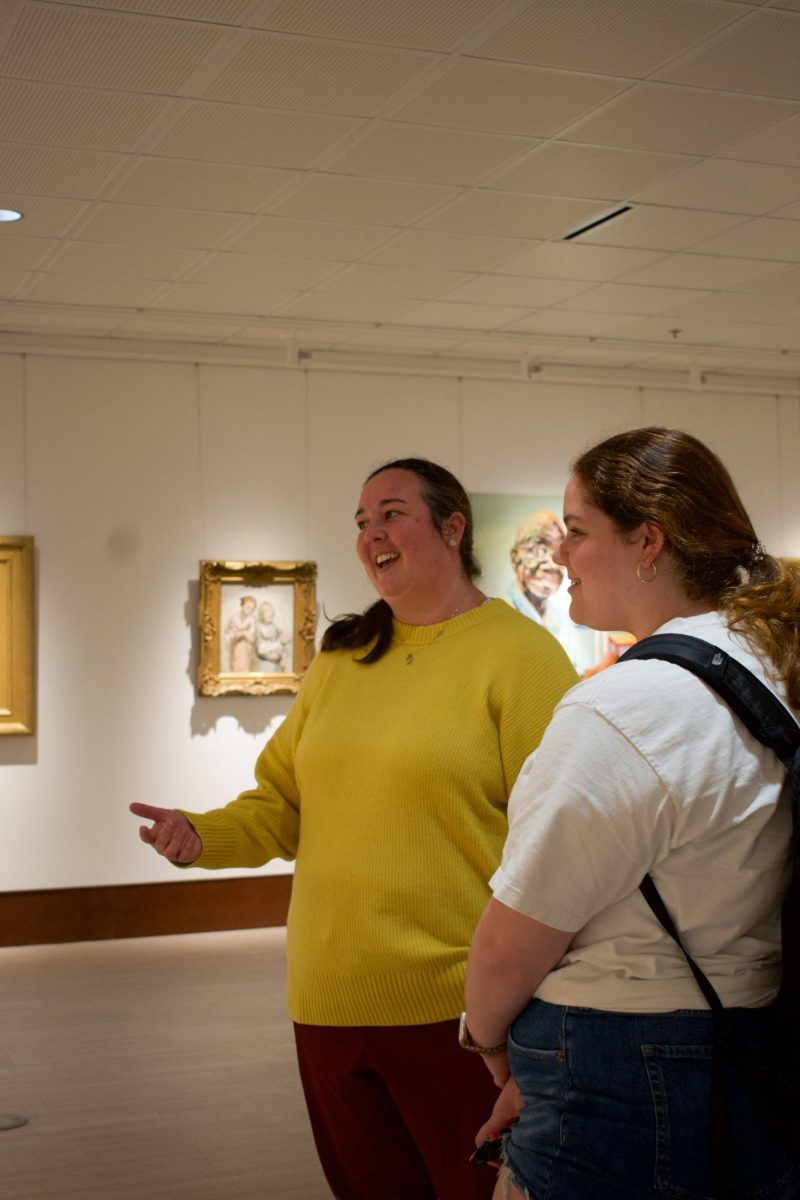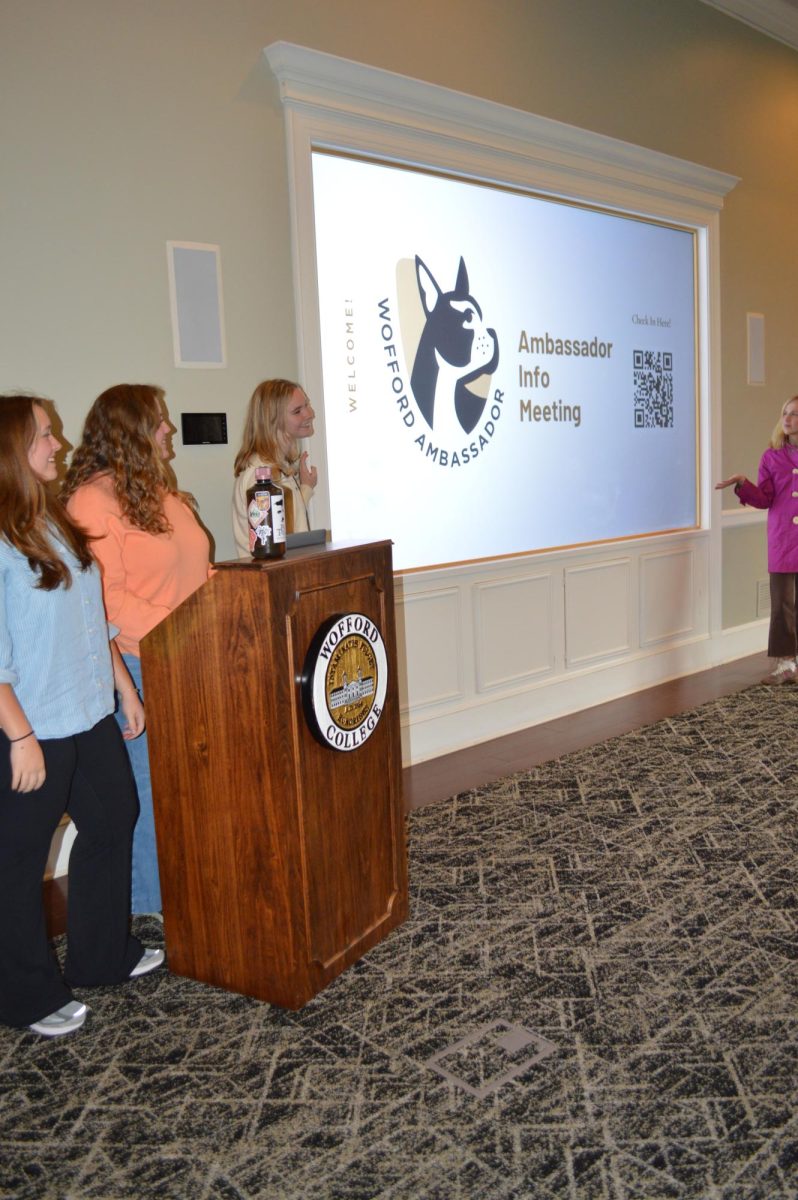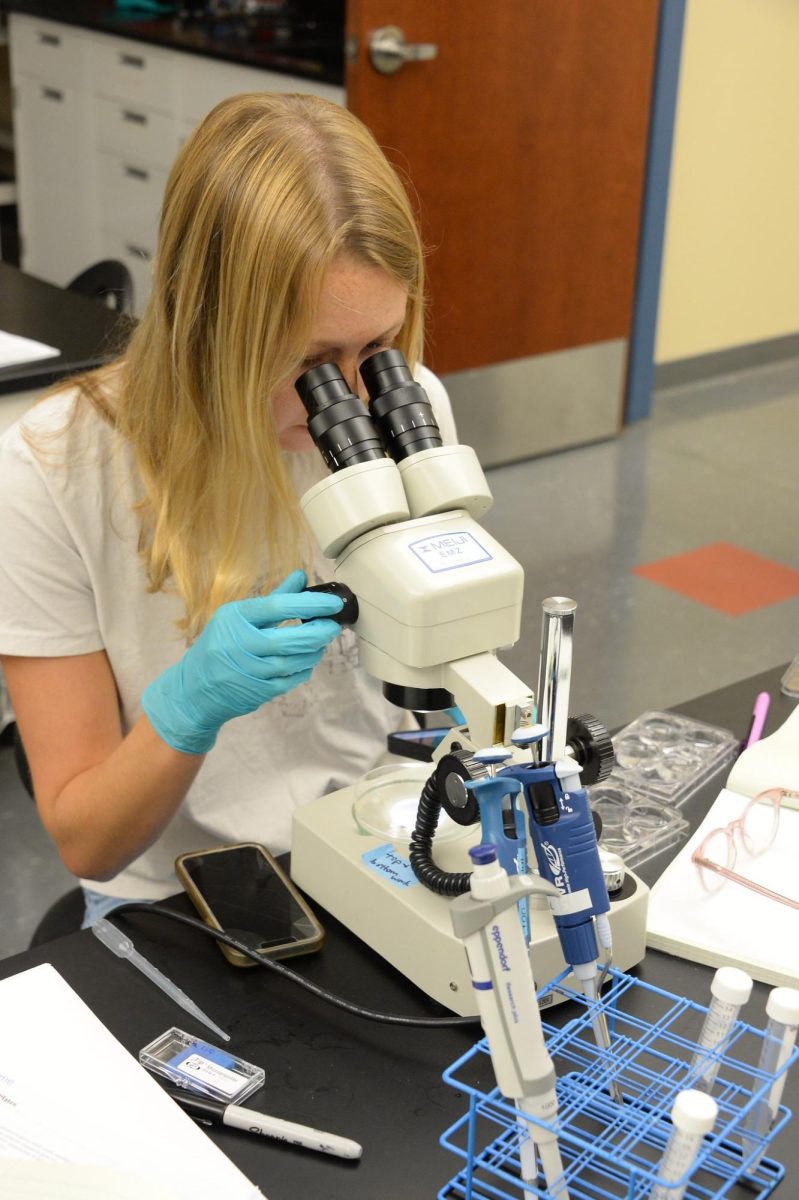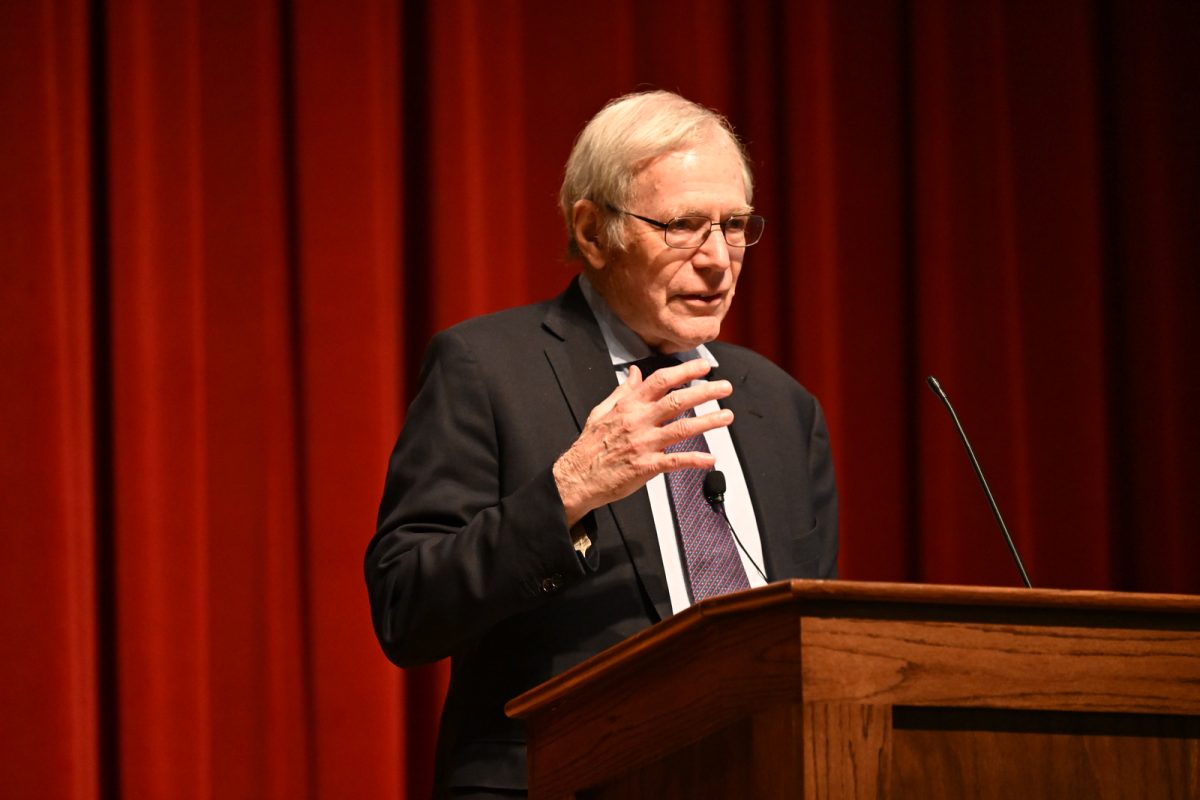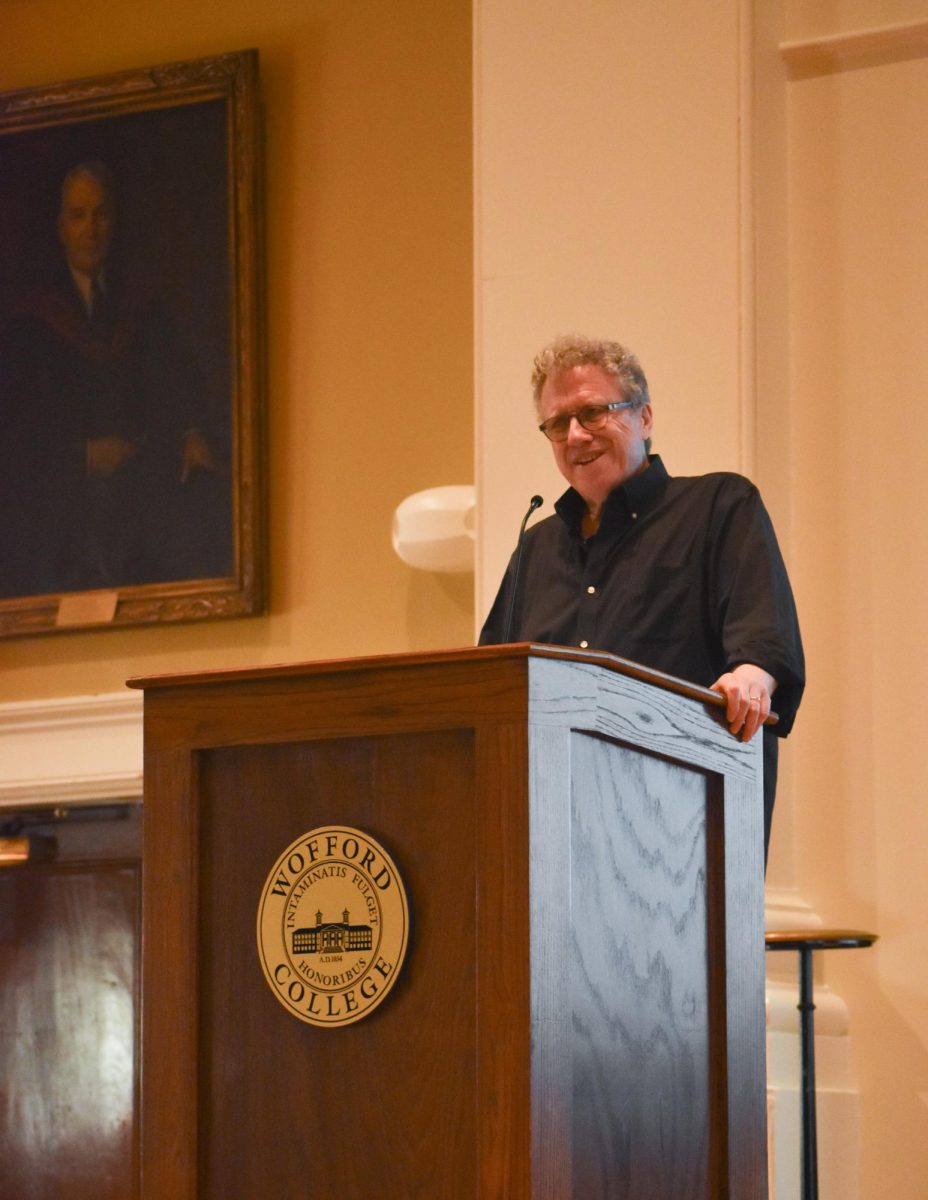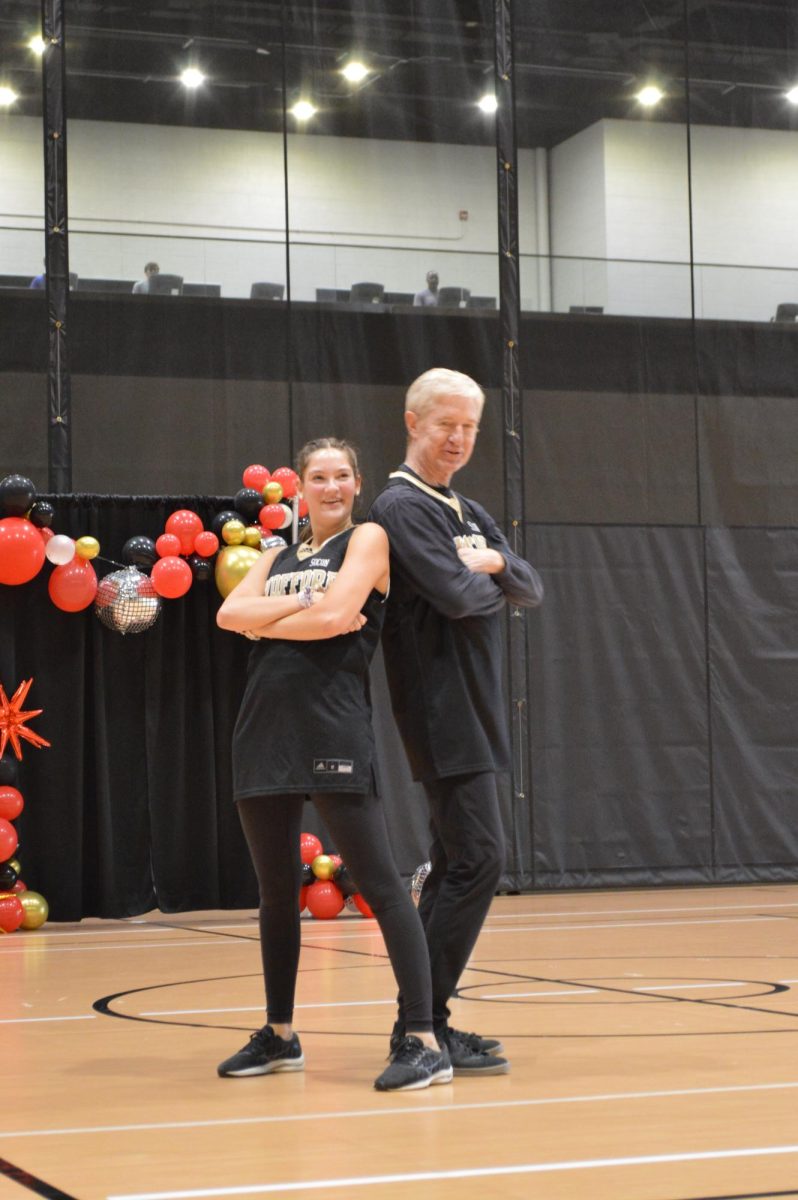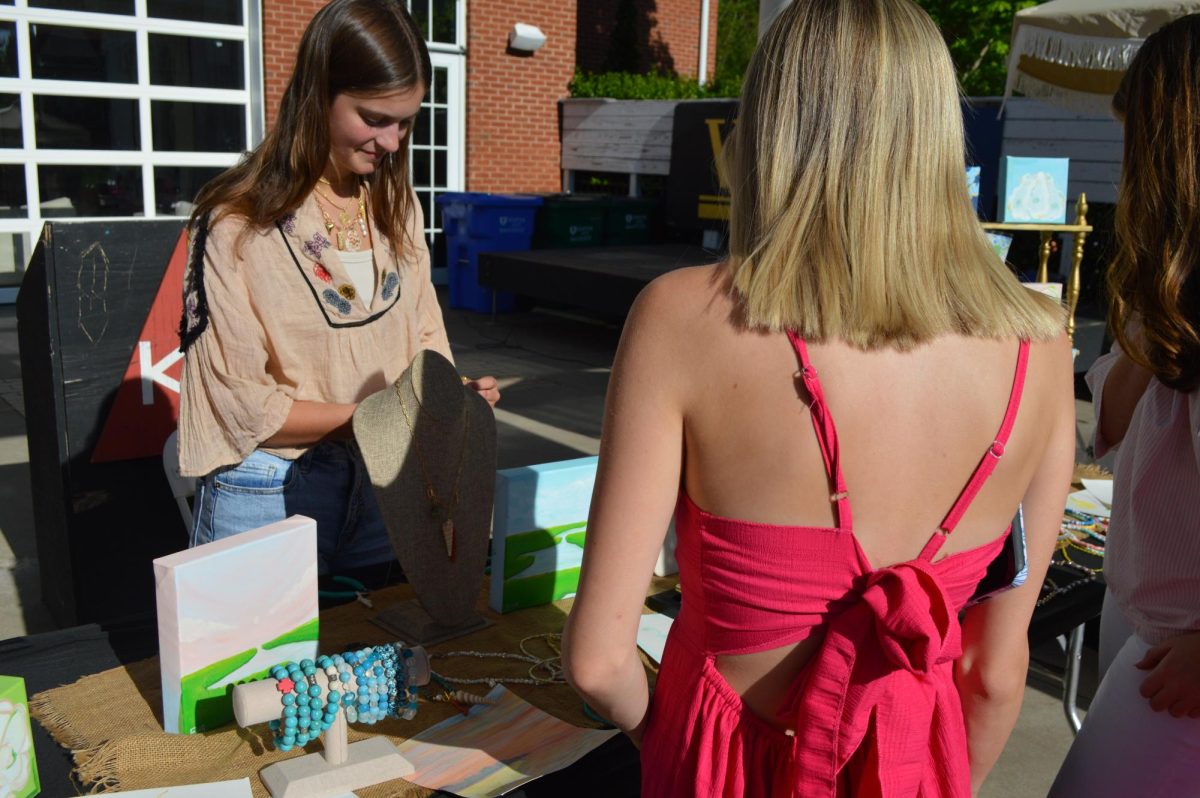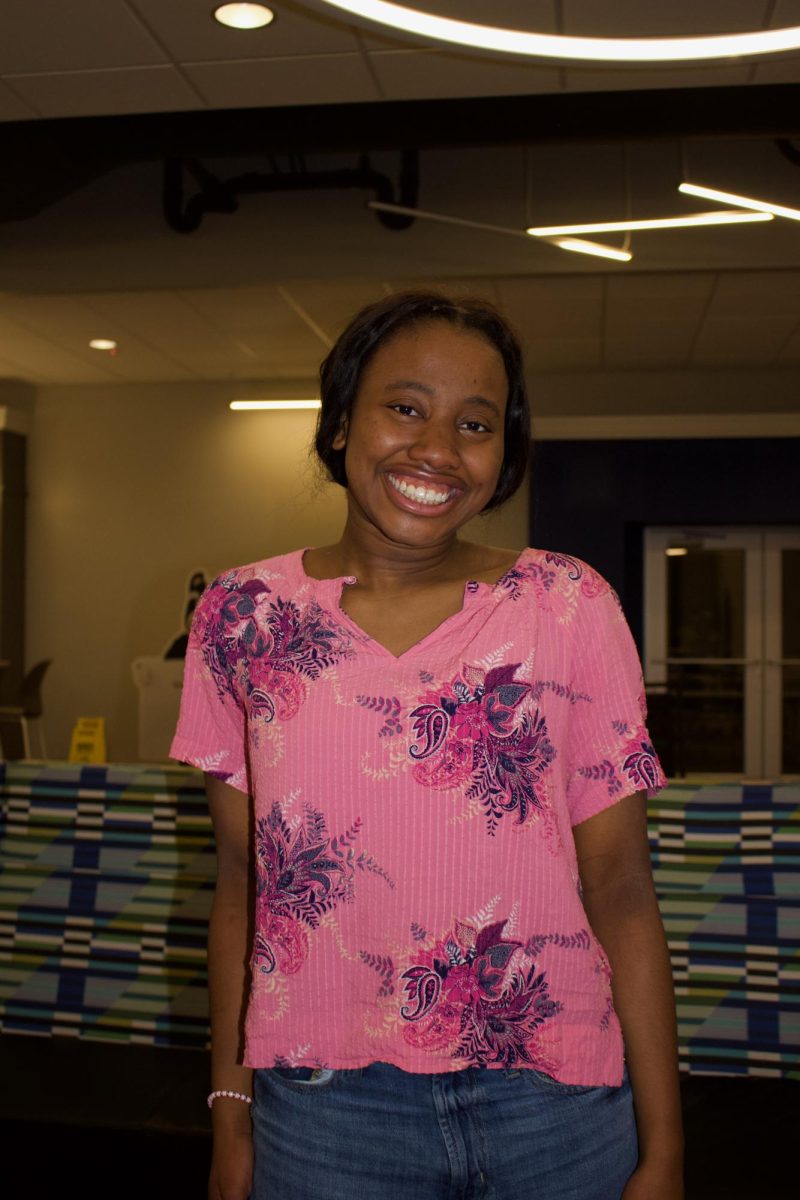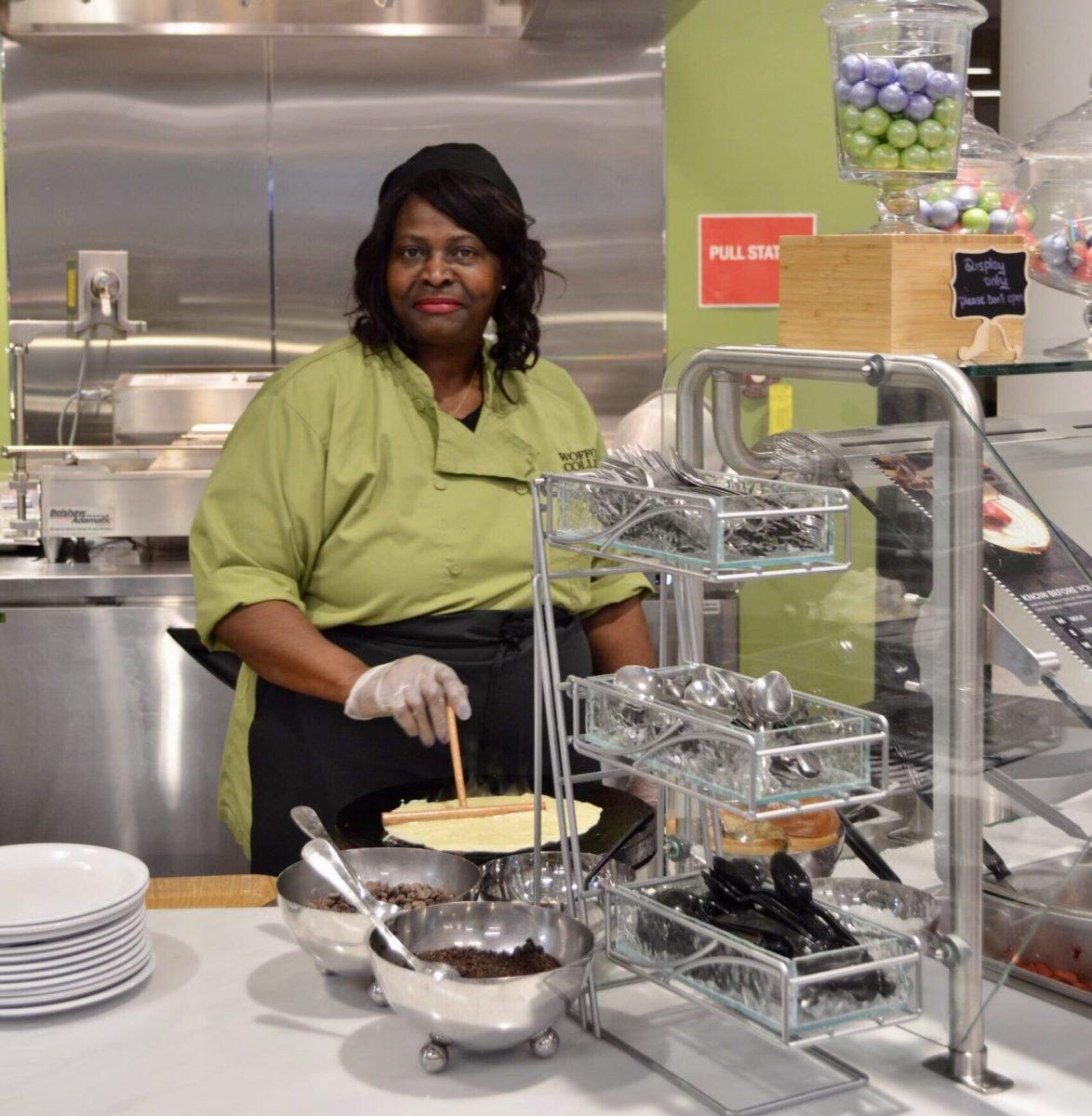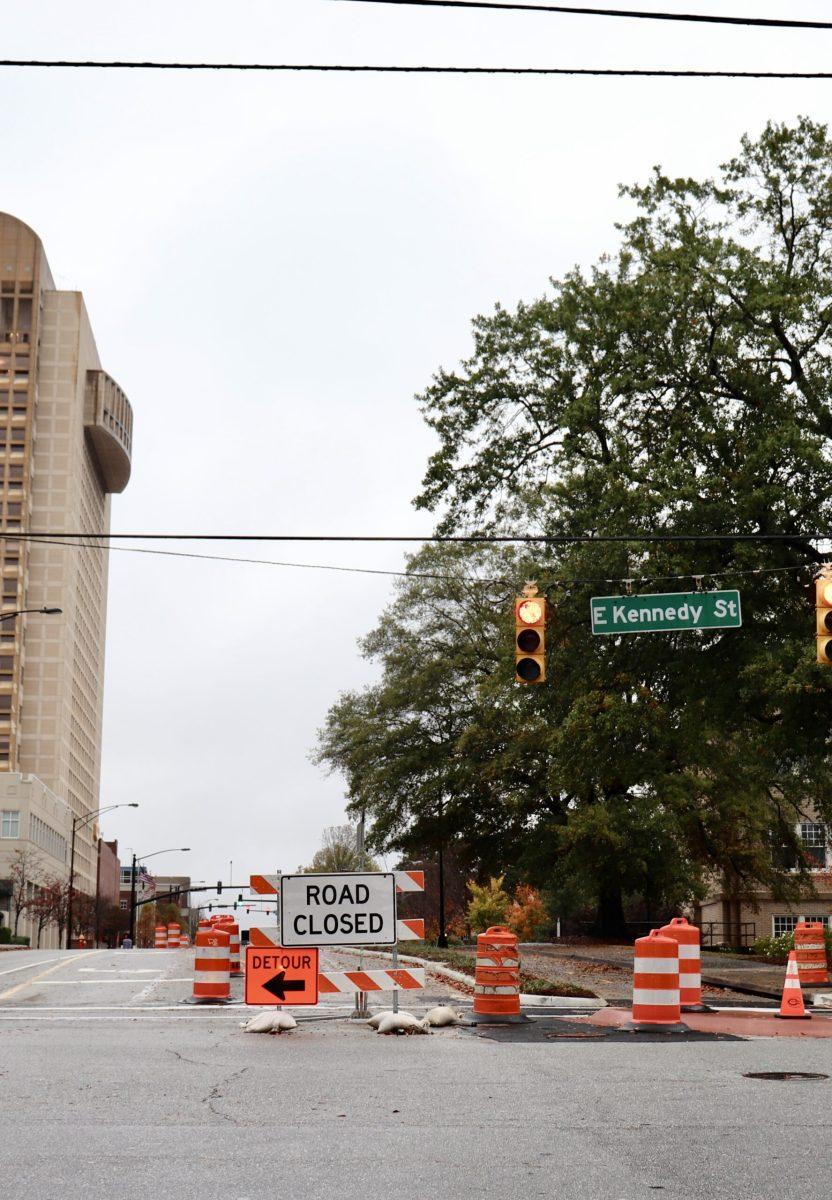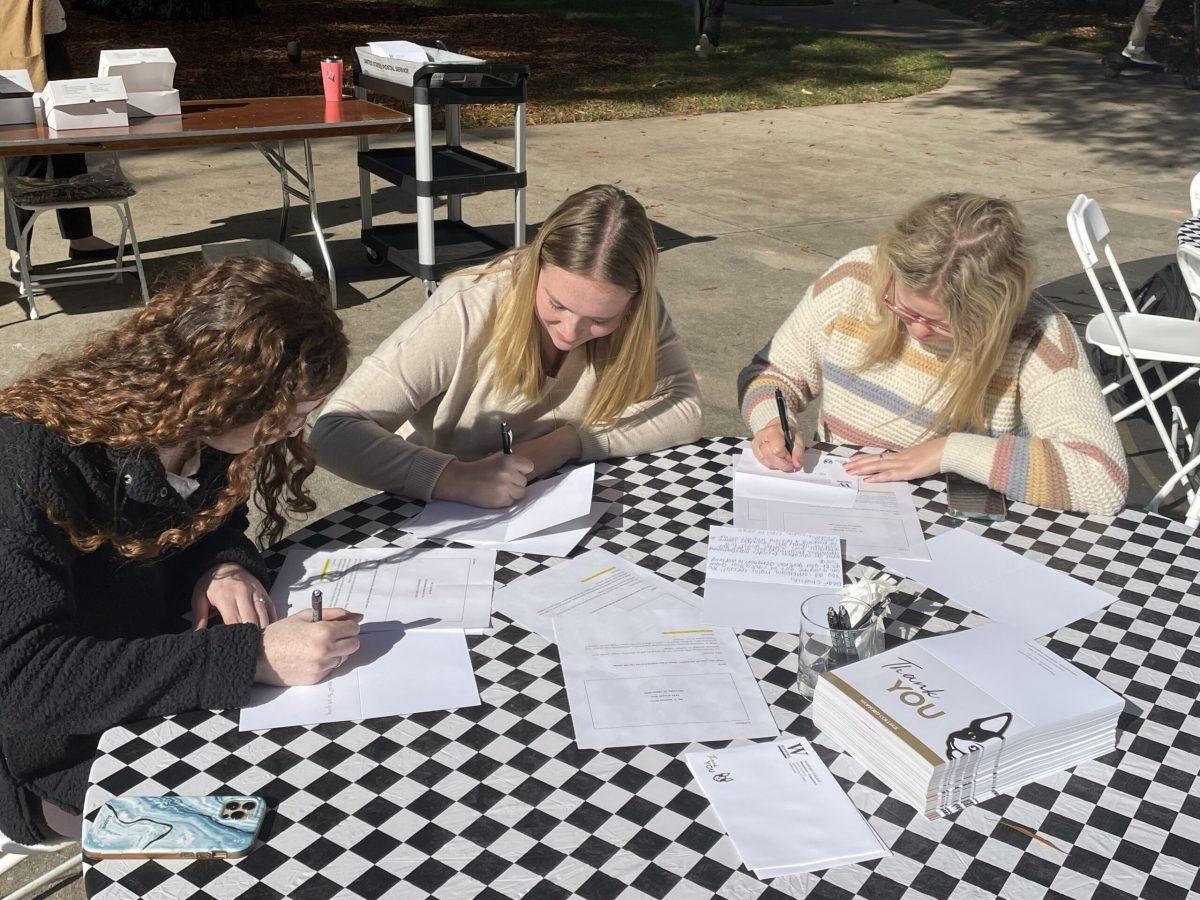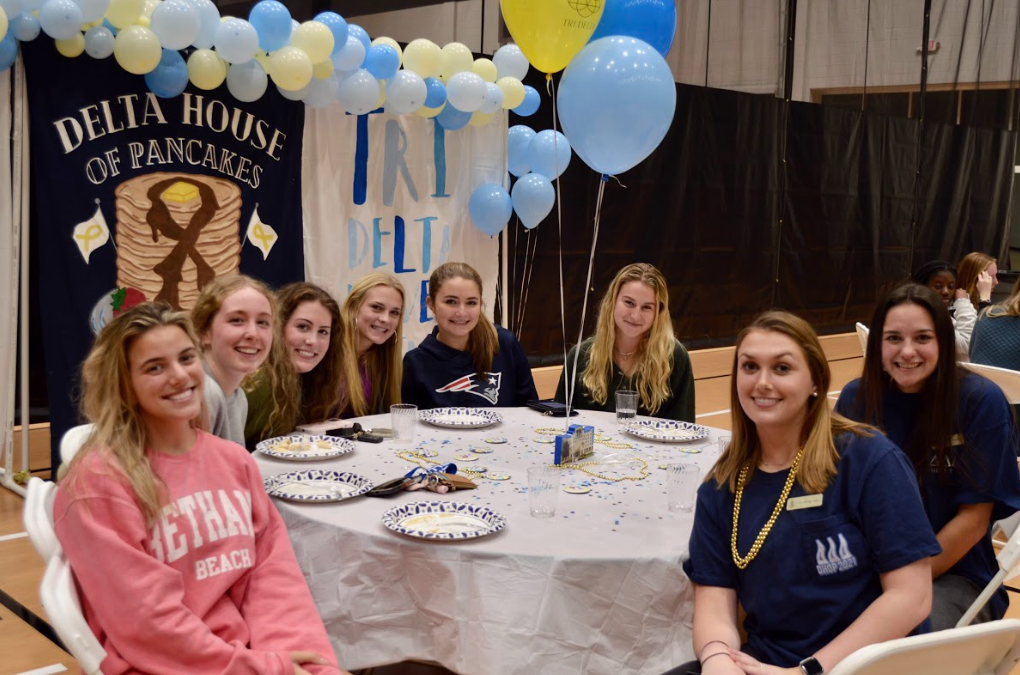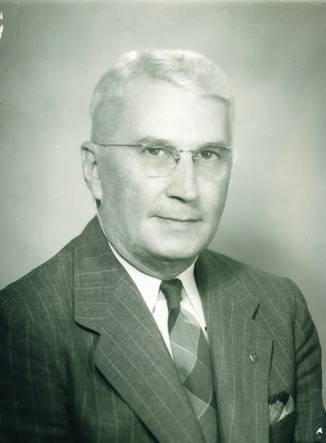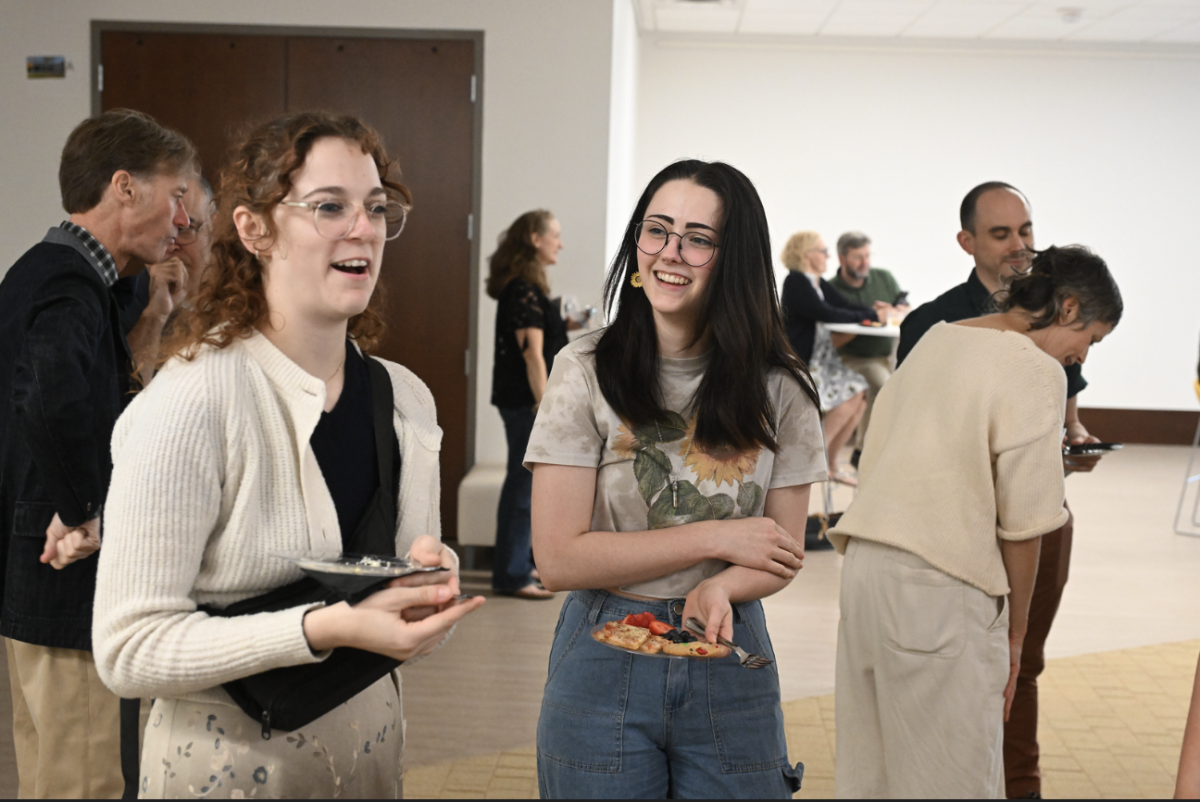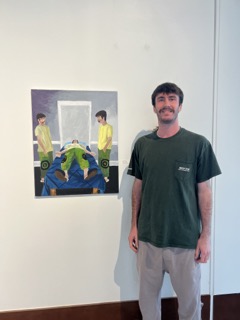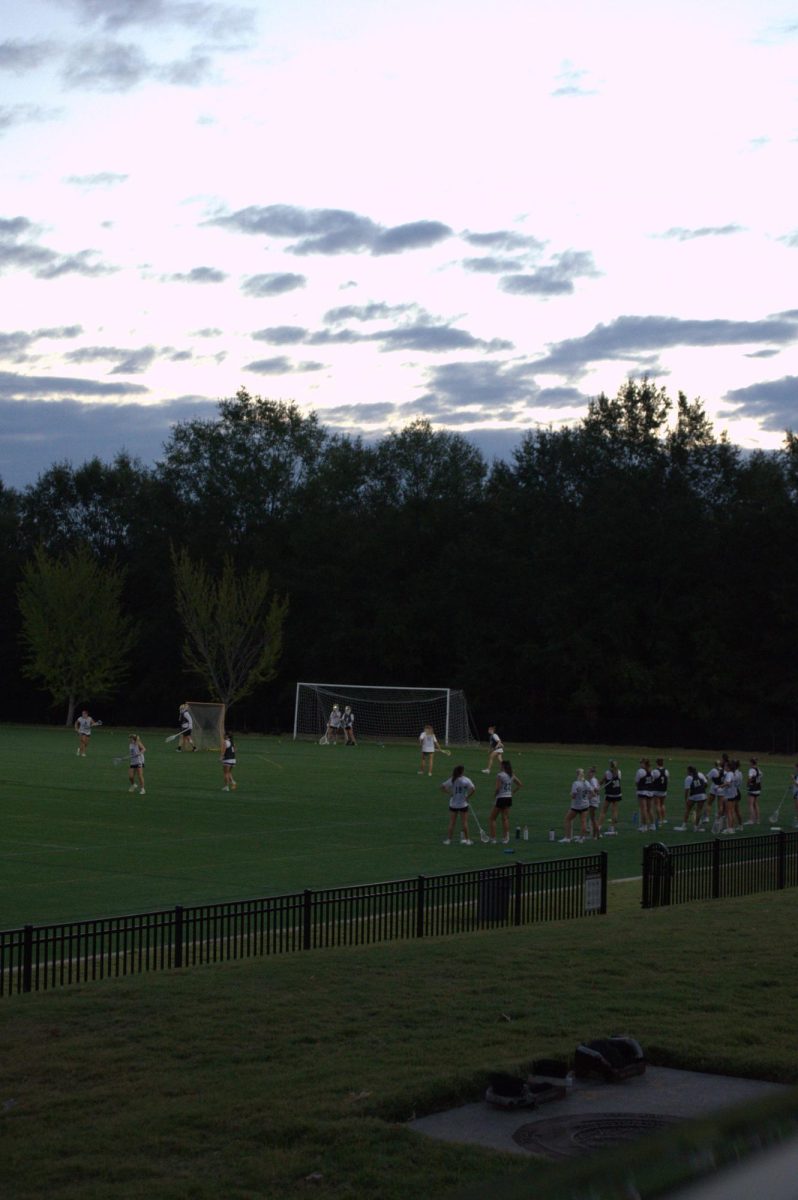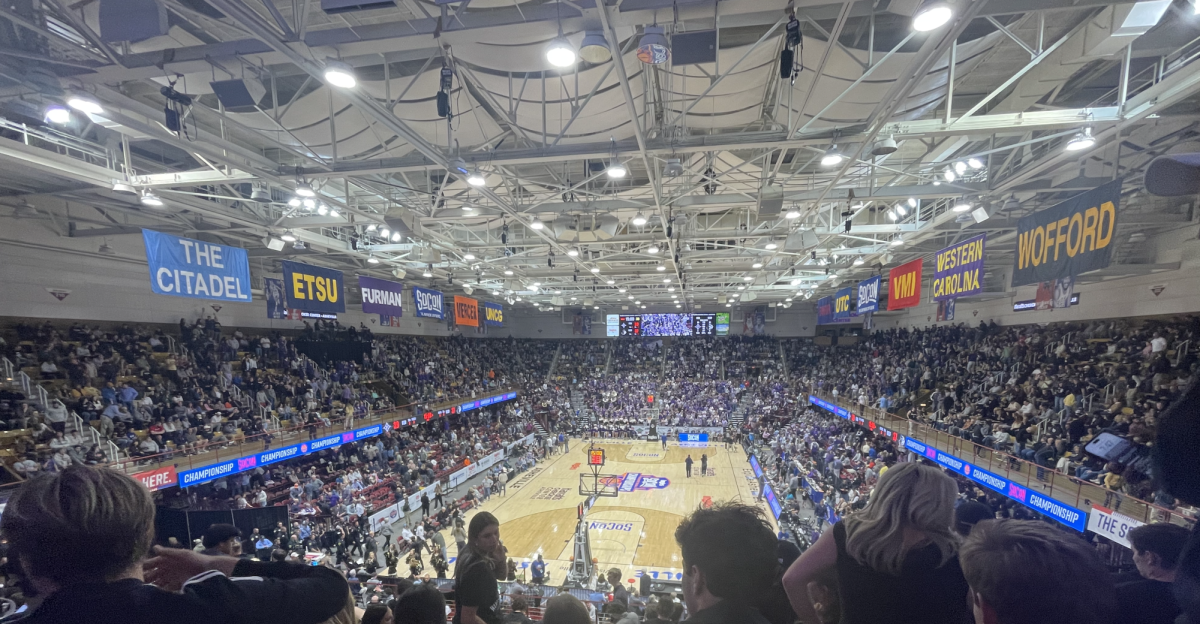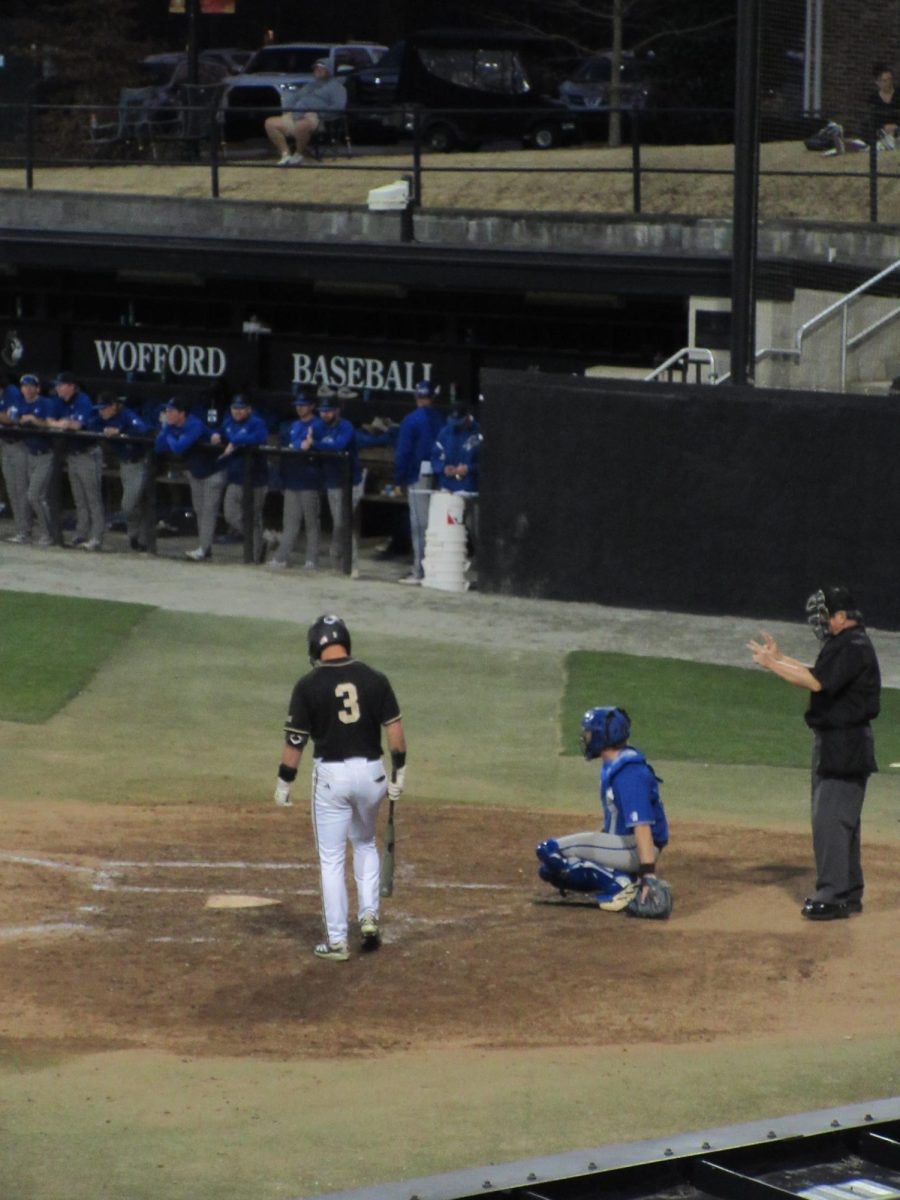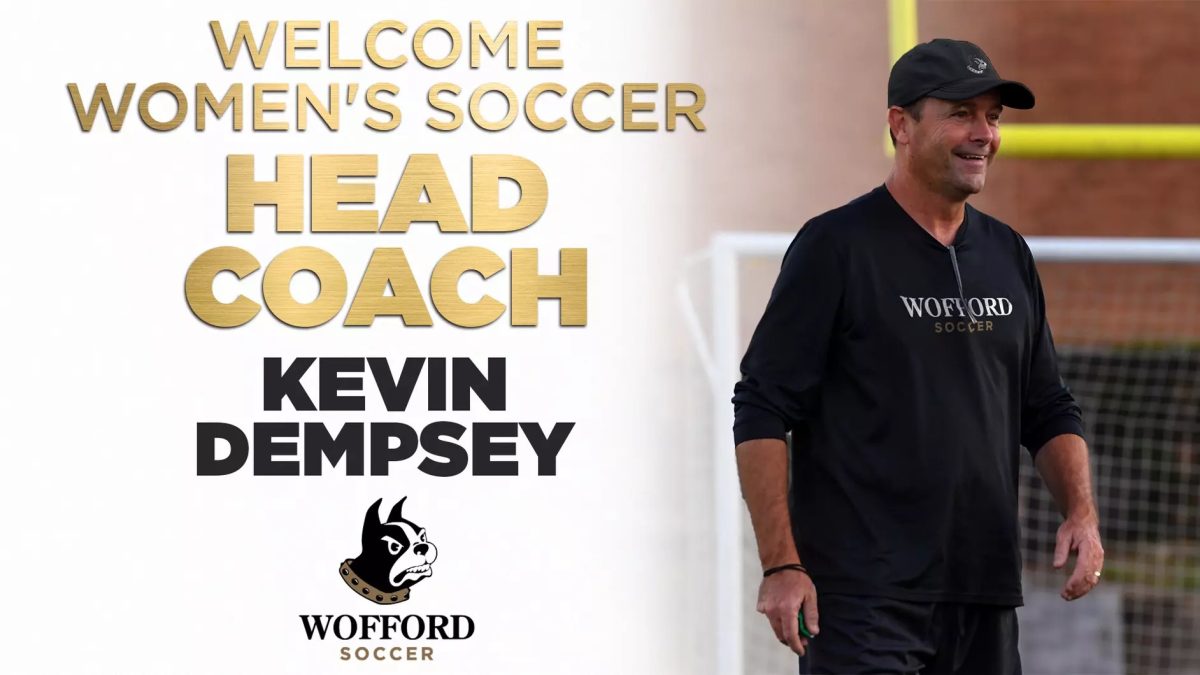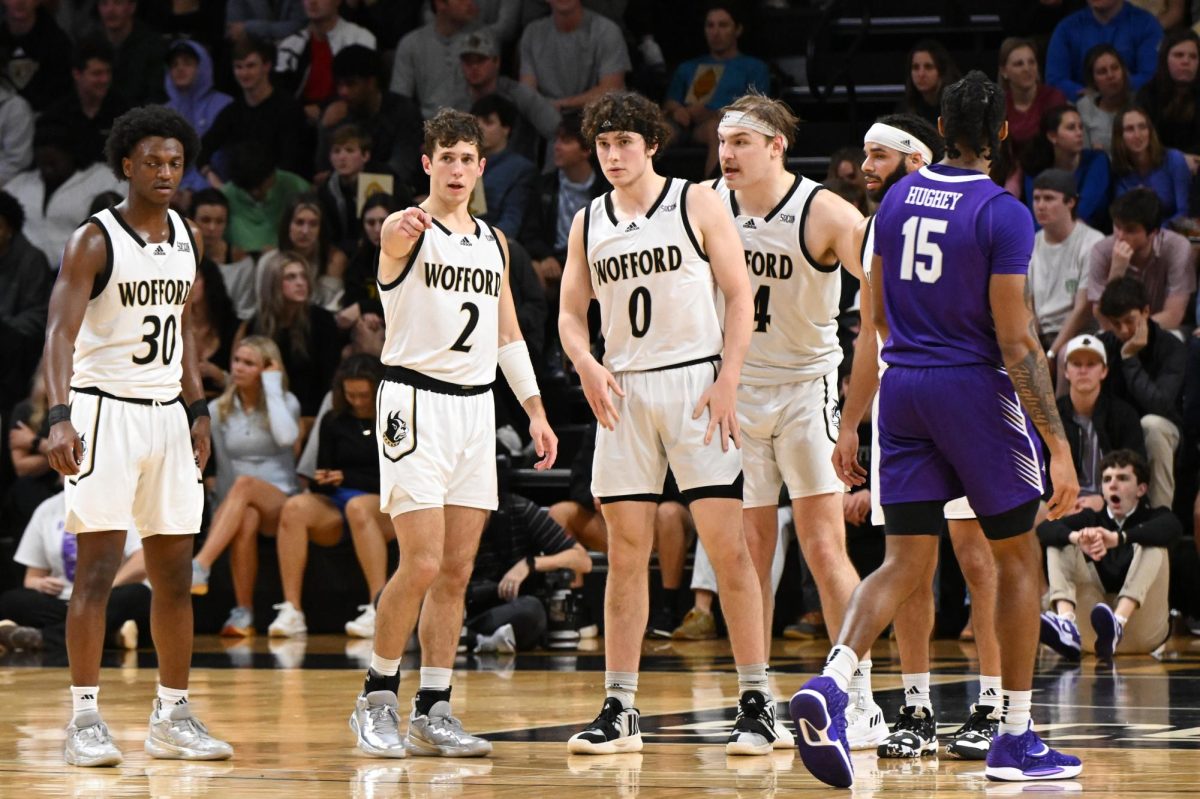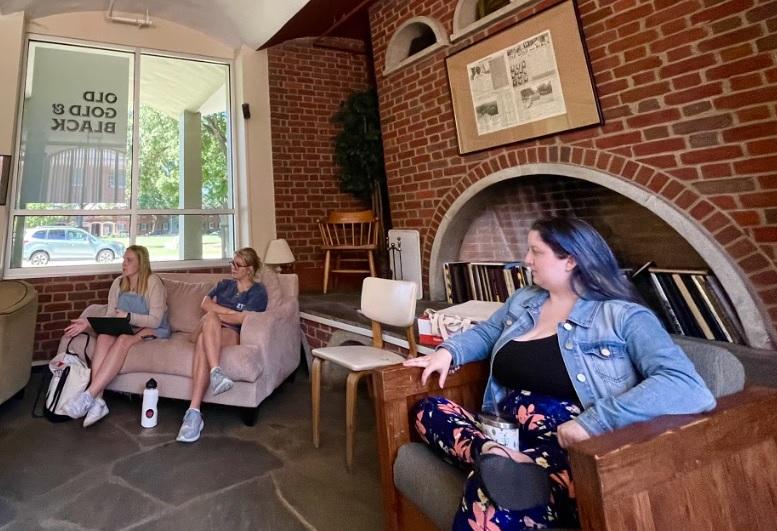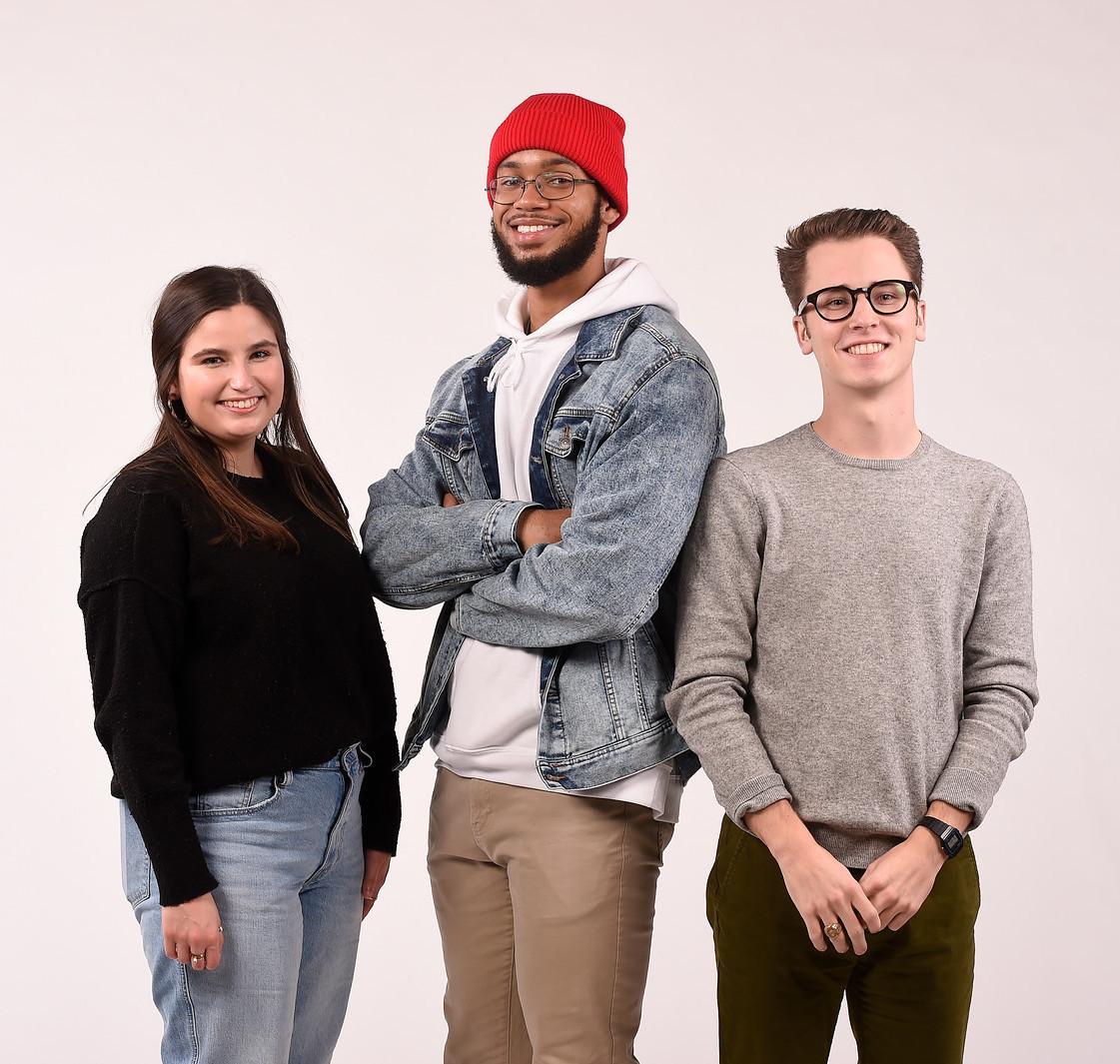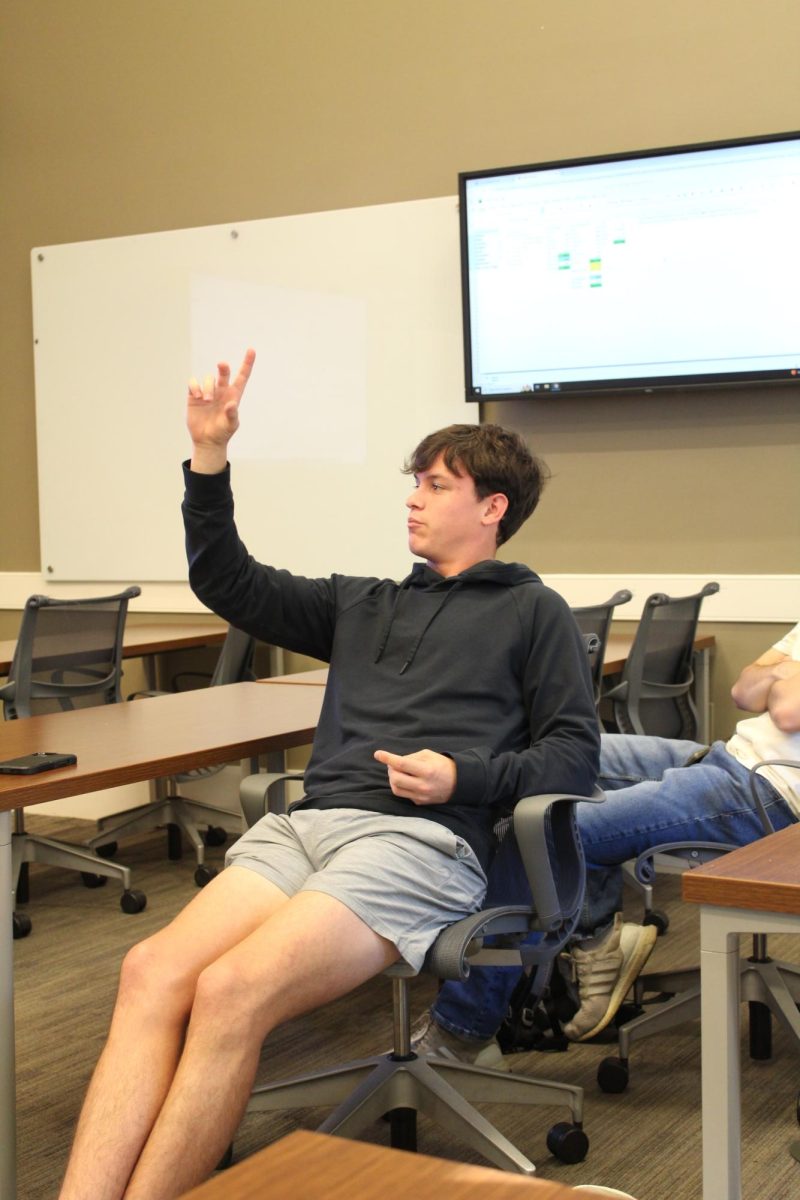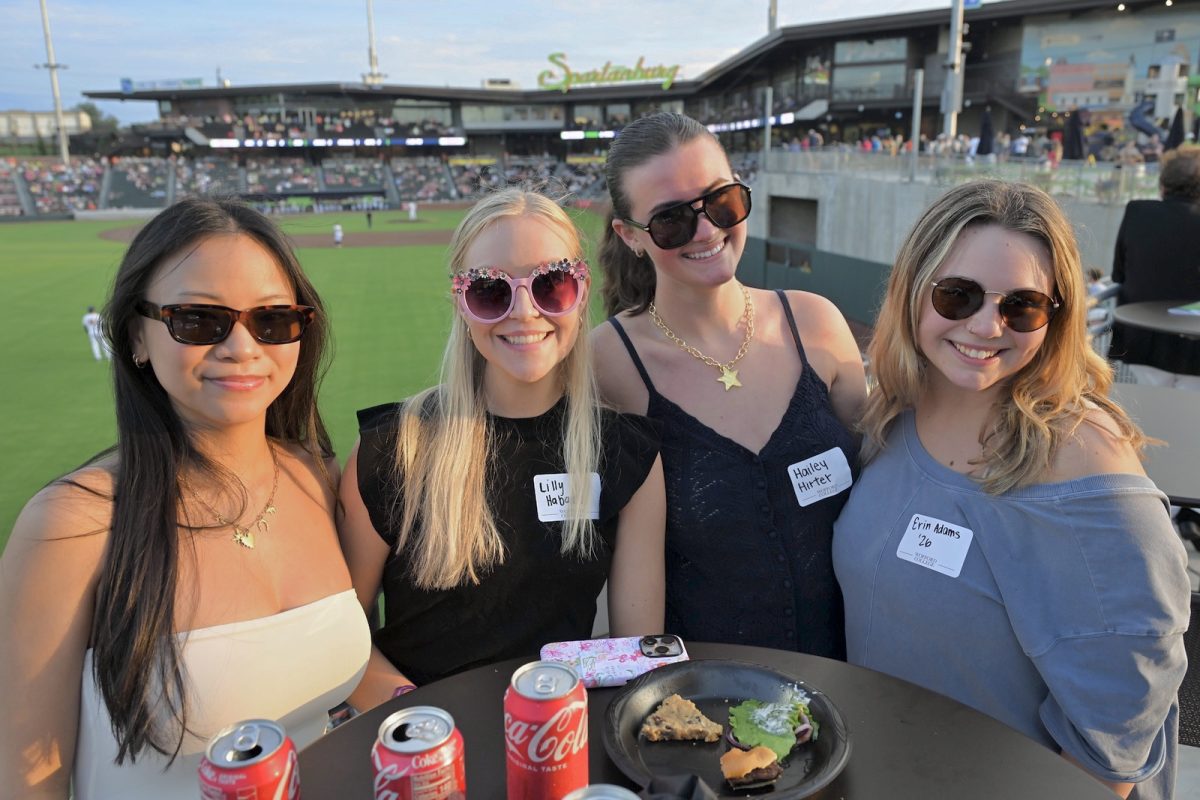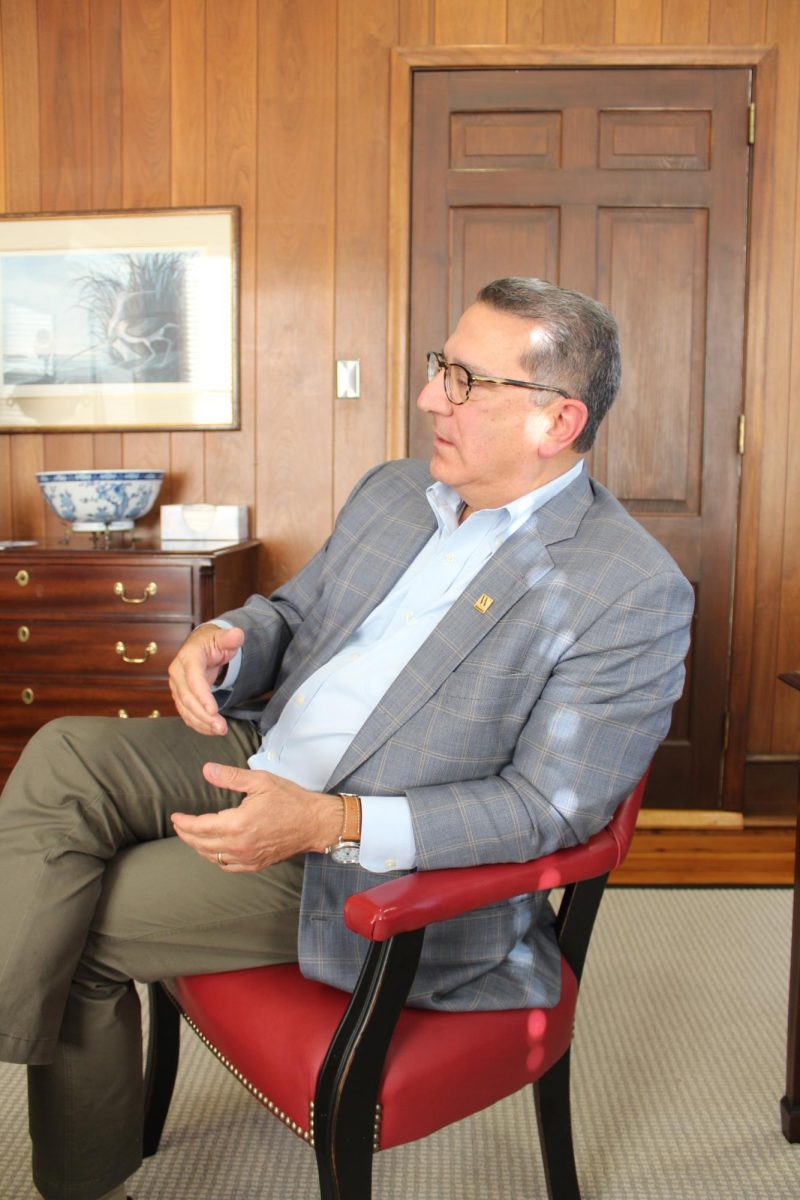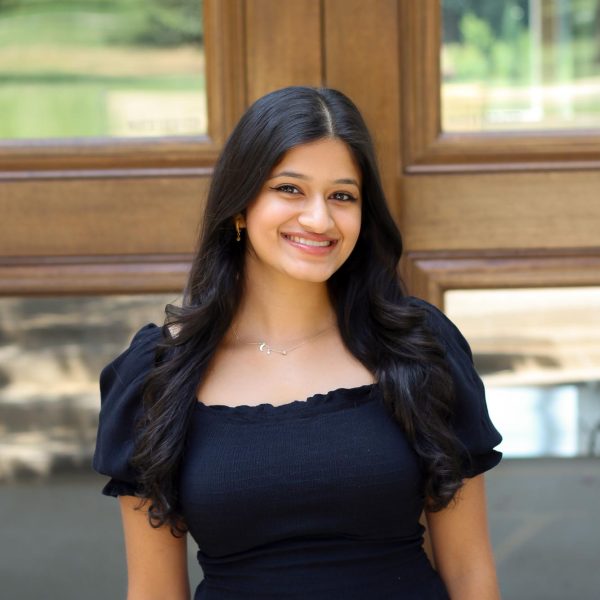Expressing creativity is not just limited to art students and professors; it appears throughout disciplines in ways that may not be noticeable at first. Dr. Colleen Megarity Ballance, professor of theater, organized and hosted a panel with a select few professors from a variety of departments on Sept. 19.
The members of the panel included Dr. Patrick Whitfill, associate professor of English, and Dr. Micheal Webster, associate professor of studio art. Ballance also invited Dr. Mark Ferguson, chair of the department of theater and Dr. Stacey Hettes, professor of biology.
Ballance took her sabbatical in the fall of 2024 and took that time to attend meditation retreats. She came back from her sabbatical inspired to do the panel and started planning for it in the spring with her colleague, Ferguson.
“I always thought creativity is for everyone and it’s, you know, like my favorite thing. So I thought, well, we’ll do [the creativity panel],” Ballance said.
Ballance expresses that the panel’s key takeaway was for the audience to enjoy themselves and be inspired to explore their creativity. The panelists were also encouraged to share their own stories and keep it personal with the crowd.
“I wanted the audience to have fun and enjoy it and then to go away with something that helped them realize creativity in their own life is nothing but good,” Ballance said. “So they should go ahead, do it, exercise it, and be aware that you have [creativity].”
The panel lasted for an hour and included four questions relating to what creativity meant to the various professors and how it resonated with their work.
When questioned about their interpretation of creativity, the professors noted that it is a constant presence in their work.
“The creativity I have, I always imagine it as like, it is the energy that allows me to make something from the nothing that was there,” Whitfill said.
“I think of creativity as a muscle that I train and keep developing,” Webster said.
After broadly sharing the role creativity plays in their lives, the panel moved on to a more personal exploration of creativity. When asked what creativity meant individually, the panelists were able to highlight the different ways it manifested in their fields.
Science is often associated with experiments and studying human life but within those subjects, creativity serves as a practical tool to conduct those experiments and visually understand human biology.
Hettes illustrates how creativity extends beyond technical ability.
“Skills are going to be essential to creativity for me in the types of things I want to be creative about, but I cannot always be focused on the skills, I have to focus beyond that,” Hettes said.
In contrast, English demands creativity to interpret and engage with what the author seeks to communicate with its reader. Whitfill expresses that poetry is his way of expressing thoughts and serves as a form of creativity.
“I have a tendency to be curious about things and I dive very deeply into that. The joy of curiosity is so loud for me,” Whitfill said.
From labs to poems to studio art, this panel demonstrated that creativity shapes how we approach problems, express ideas, and engage with the world. As a liberal arts campus, Wofford facilitates students to pursue various majors and concentrations. This collaboration allows for students to follow their interests and cultivate creativity, allowing for an interdisciplinary education. Allowing oneself to be creative is a form of self preservation.
Ballance advises students to allow their creativity to be a part of their routine no matter what that looks like.
“If you have something you want to do, you just commit to it and make yourself do it, and then all of a sudden it’s a part of your day,” Ballance said. “Now’s the time.”

